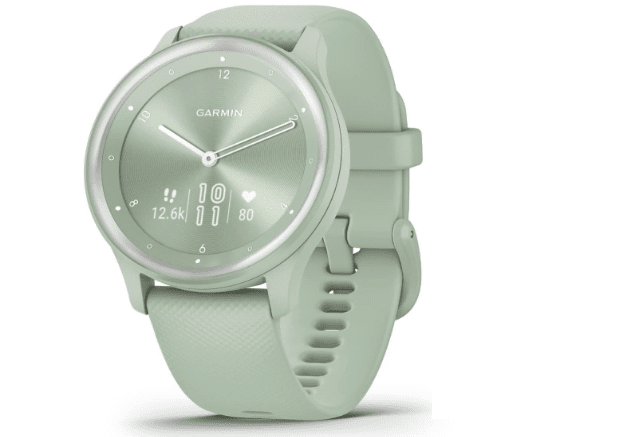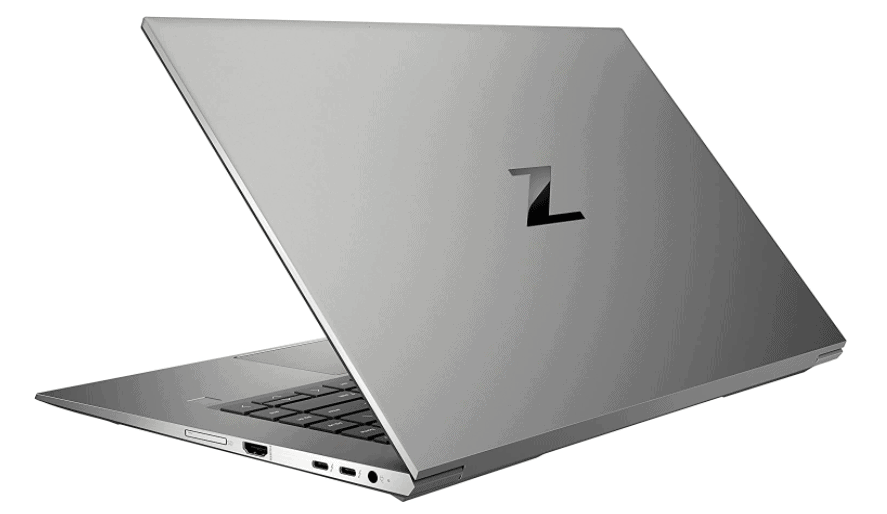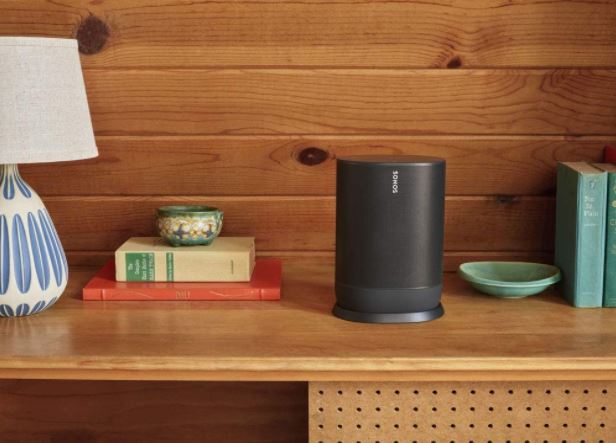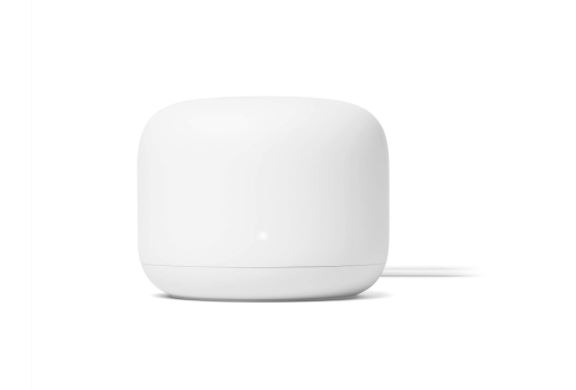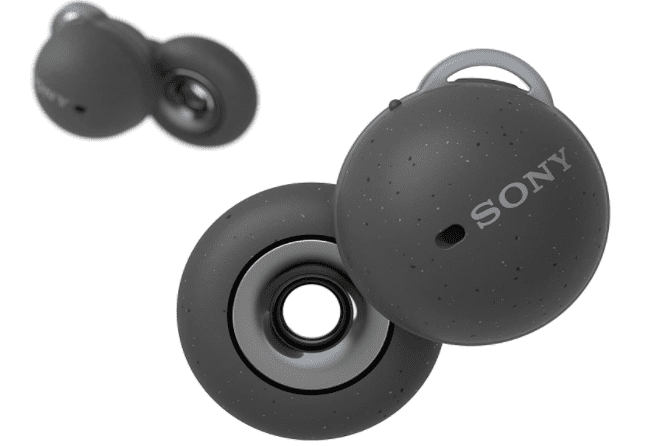Microsoft Surface Headphones 2 Plus: A year after releasing the critically acclaimed Surface Headphones 2, Microsoft saw the need to release an updated version known as the Surface Headphones 2 Plus.
What does the Plus represent? Microsoft Teams accreditation It makes business sense, given that competitors such as Bose are capitalizing on the work-from-home market by updating their flagship headphones with video conferencing integration.
The Surface Headphones 2 Plus differs from the standard model only in that it has a dedicated button for taking Teams calls from anywhere and a USB dongle for bypassing Bluetooth for wireless connectivity. That is, at least, what Microsoft led us to believe.
Following extensive testing, it was discovered that this re-release differs significantly from its predecessor. Have things gotten better or worse? Our comprehensive Microsoft Surface Headphones 2 Plus review explains everything.
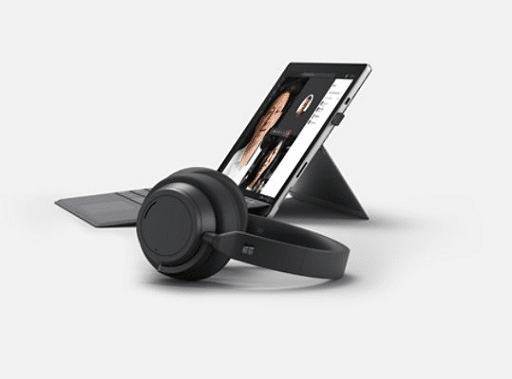
Microsoft Surface Headphones 2 Plus Design and comfort
The Surface Headphones 2 Plus feature the same appealing detailing materials, and silhouette as the Surface Headphones 2. The craftsmanship is excellent, with the entire frame covered in sturdy, soft-touch plastic and aluminum. The ear pads are made of faux leather with plush padding.
Microsoft hit a home run with the extenders, which have an arc-like design that distinguishes the headphones. The lack of visible screws or seams demonstrates how dedicated the design team was to create a sophisticated and distinctive pair of wireless cans.
Even the carry case has a premium feel to it. The exterior is made of tough woven fabric with the company logo emblazoned on the front for easy identification. Not only are the headphones nicely displayed on the inside, but so are the accessories, which are kept in the mesh sleeve at the top.
The Surface Headphones 2 Plus are a comfortable option for working from home, but they should be used sparingly. After a while, the leather began to heat up, and the headband applied pressure atop the skull, but only when the extenders were set to the shortest setting. There are ten different settings to accommodate listeners with larger heads.
You may also like: How to Connect Headphones to a TV
Microsoft Surface Headphones 2 Plus Controls
Microsoft’s control scheme is the coolest of any wireless headphones ever created. Period. You can interact with the headphones in a variety of ways thanks to a combination of physical buttons, touch panels, and dials. Most importantly, according to the quick guide sleeve, you have access to a full suite of controls.
The touch panels, which are responsive to single and multi-tap input, are assigned to playback and call management. The two buttons on the right ear cup’s back are for power/pairing and activating Microsoft Teams. Each ear cup has a dial for easy volume (right) and noise-canceling (left) control.
All of the controls are dependable and enjoyable to use. Motion detection to auto-pause when removing headphones is available, but it only works about 40% of the time and has lagged.
Surprisingly, Microsoft appears to have removed one function from these headphones: the digital assistant. According to the video tutorials, it is available. My research revealed otherwise. Using the assigned input method (tap and hold) to launch Siri, Google Assistant, or Bixby was never successful.
When I contacted Microsoft, they confirmed that “no tap combination was added for a digital assistant on Surface Headphones 2 Plus.” I’m still waiting for a clear answer from Microsoft on whether or not I can enable the native assistant on my devices.
Microsoft Surface Headphones 2 Plus Audio quality
Music, movies, podcasts, and games sound just as good as they did on the first and second generations of Surface Headphones. When listening with ANC turned on, I did notice a buzzing noise coming from the Surface Headphones 2 Plus.
The sound is flat out of the box, but Microsoft kept the customizable EQ so you can create your own sound profile or choose from a few EQ settings: Classical, Jazz, Pop, and Rock.
I tested some of the tracks my editor played during her review of the Surface Headphones 2 out of curiosity and got similar results. Jay-“Guns Z’s & Roses” electric guitar and drums sounded dull until I changed the EQ to Rock, which emphasized the low end for a punchier presence.
Sittin’ In My Car by Slick Rick was a bittersweet listen that fed my ears punchy bass but also came on too aggressively and muffled the chorus. Pop should have clarified the midrange, but it bloated the soundscape on both hip-hop tracks.
The headphones reproduced Sade’s acoustic guitar and mournful sax incredibly well for “Jezebel,” complementing the singer’s soulful vocals for what felt like a live, face-to-face performance.
This vibrancy carried over to orchestral records, which sounded identical on different EQs but best when set to Jazz. The clinky cymbals and reverberation from the double bass on Miles Davis’ “Footprints” demonstrated that the Surface Headphones 2 Plus could deliver a wide frequency range, depending on the song.
You may also like: What Happens If You Always Wear Headphones?
Active Noise Cancellation (ANC)
ANC is on par with previous Surface Headphones. You still get 13 ANC levels that can be adjusted manually by turning the dial. Regrettably, that option is no longer available in the companion app, which has also changed (more on that in the next section).
In the app, there are now five preset ANC levels to choose from Low, Mid, High, Passthrough, and Ambient. I understand that Microsoft did this to make ANC selection easier, but I can see why people would be confused given that the company is also marketing 13 settings.
High, as expected, is most effective at canceling out external noises and handles low and mid frequencies well. Household distractions such as the droning noises from my central air conditioner and the tumble of my washing machine were unnoticed.
It was also satisfying to block out any family chatter, as well as electronic nursery toys and loud iPhone speaker calls in the background, during office hours. Some high-frequency noises (birds chirping) will be muffled by the technology, but not all.
Ambulance sirens, whistles, and my toddler’s shrieking were unavoidable; the Bose 700 or Sony WH-1000XM4 do a better job of reducing these noises. There was no discernible difference between the Low and Mid settings.
The two ambient sound modes contribute to greater environmental awareness. Passthrough allows you to engage in natural conversations without pausing music by opening the mics, whereas Ambient amplifies surrounding sounds so you can hear them more clearly.
Microsoft Surface Headphones 2 Plus Experience
The most appealing feature of these cans is their compatibility with Microsoft Teams, which has become a group-chat requirement for many businesses using Office 365. Without leaving the program, you can share and view documents from Office apps, as well as schedule and make Skype calls.
By inserting the dongle into the USB port of your desktop, laptop, or tablet, you can bypass Bluetooth and pair the headphones with your device. After connecting, you can use the action button to check in on Teams meetings while multitasking in multiple apps. When you’re muted or have an incoming call, the dongle will light up.
Voice dictation is also included in the package for performing the voice-to-text conversion on Office apps. It’s useful for quickly adding notes to a Word document or transcribing an Outlook email.
You may also like: 5 Things you should consider before buying a headphone
Microsoft Surface Headphones 2 Plus App and special features
The original Surface Headphones were compatible with the Cortana app. For the sequel, Microsoft renamed it the Surface Audio app. The company has now decided to make the Surface app the default setting for all Surface Headphones.
Talk about a routine experience. This app’s presentation is a step down from the Surface Audio app, which had more visual flair by placing small toggle controls and video tutorials right on the front page instead of menus.
Furthermore, previous features such as Spotify integration and Play My Email that was included with the first-generation Surface Headphones are still missing. ANC, EQ, device settings, tutorials, volume, and firmware updates are examples of what was left untouched.
Connectivity
Bluetooth 5.0 is at the helm, providing some of the most expansive range in the category. I was able to get up to 50 feet of wireless listening range, which gave me plenty of room to move around the house while my smartphone charged in the office.
Auto-connect works flawlessly, cycling through all recognized devices to pair with the most recently used one. The previous model included multipoint technology, which allowed users to pair the headphones with two devices at the same time. This version has lost it, though you can still pair up to eight devices at once.
There are some connectivity issues that must be addressed. I received the “connected to USB link” prompt several times without even connecting the dongle to my MacBook. Another issue I encountered was that the headphones were connected to Bluetooth even though they were in wired mode.
You may also like: Jabra Wireless Earbuds: The Best True Wireless Earbuds
Call Quality
All three Surface Headphones models have consistently excellent call quality. The microphones do double duty, blocking out external noises while also capturing vocals for clear communication. Clients have been very complimentary about my voice and video calls; three of them assumed I was speaking into my smartphone or laptop speaker.
Microsoft also addressed a previously overlooked issue with the original: mic performance via aux cable. The chances of anyone using it for phone calls are very slim but know that the quality is nearly as good as taking calls wirelessly, and the ticking noise from the mic module is no longer present.
Battery Life
In terms of battery life, nothing has changed. A full charge provides 18.5 hours of ANC playtime, 20 hours of standard use, or 15 hours of Microsoft Teams voice calling. The Bose 700 and AirPods Max set the standard for ANC playtime at 20 hours, so the Surface Headphones 2 Plus fall short. With high ANC levels and volume, battery life is reduced to about 14 hours.
The headphones charge in less than two hours, but if you’re impatient, a five-minute quick charge will give you 120 minutes of playtime. To compensate for the short battery life, Microsoft should have released a charging case, as Bose did with the 700 Headphones.
You may also like: New Apple Watch Series 6 with GPS and Cellular
Price and Availability
The $299 Microsoft Surface Headphones 2 Plus are available at select retailers such as B&H and Staples, as well as directly from Microsoft. It’s only available in one color: black. A carrying case, USB charging cable, aux cable, quick start guide, warranty, and a Surface USB link are included in the box (USB-A).
We’re talking about a $50 premium over the standard version. On the other hand, these headphones are less expensive than the $400 Bose 700 UC and the $349 Sony WH-1000XM4 that leads the category.
Would you like to read more about Microsoft Surface Headphones 2 Plus-related articles? If so, we invite you to take a look at our other tech topics before you leave!
![]()







